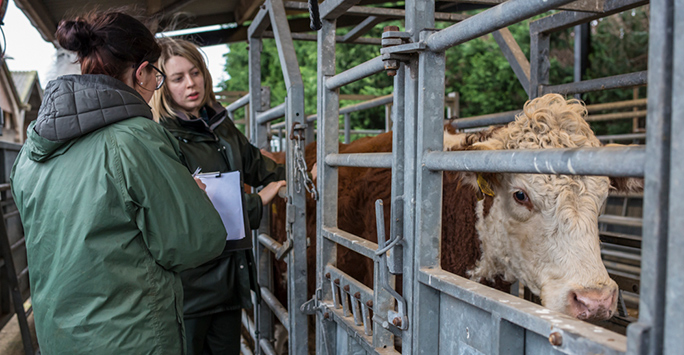The challenge
Digital dermatitis is a bacterial infection which produces severe foot lesions in infected animals causing substantial suffering and significant economic loss.
Affecting 1,200,000 dairy cattle and 1,100,000 sheep annually in the UK alone, digital dermatitis is costing an estimated £80,700,000 per year.
Control is challenging, with no vaccines, and disease management has substantially relied on inappropriate large scale antibiotic use.
Research with impact
University of Liverpool research into digital dermatitis aetiology, epidemiology and control in multiple species has led to widely used PCR diagnostic tests and significant changes in national and international veterinary and livestock industry policies and practice for digital dermatitis control.
We have developed evidence-based treatment and prevention protocols [1,2] that reduce reliance on antibiotics and encourage their responsible use.
These protocols have changed the professional practice of 70% of sheep vets and 52% of sheep farmers [3] and 45% of dairy industry professionals working across 3,800 farms and 658,320 cattle [4].
Outputs
[1] Agriculture and Horticulture Development Board (AHDB) - Reducing lameness for Better Returns
[2] Agriculture and Horticulture Development Board (AHDB) - Reducing the spread of digital dermatitis
Back to: Institute of Infection, Veterinary and Ecological Sciences


